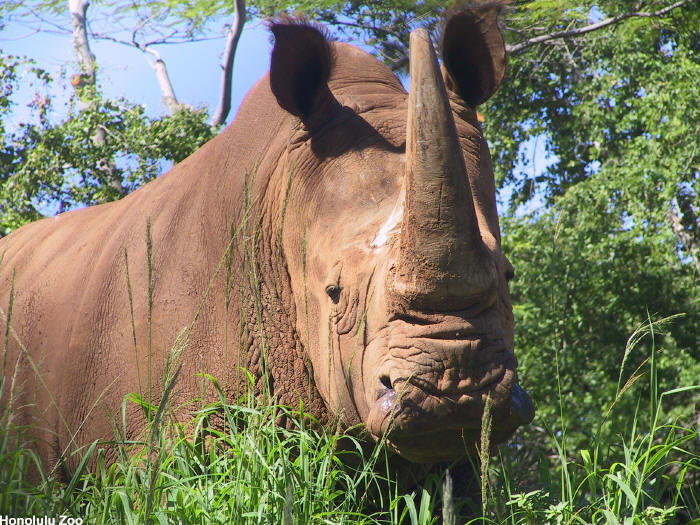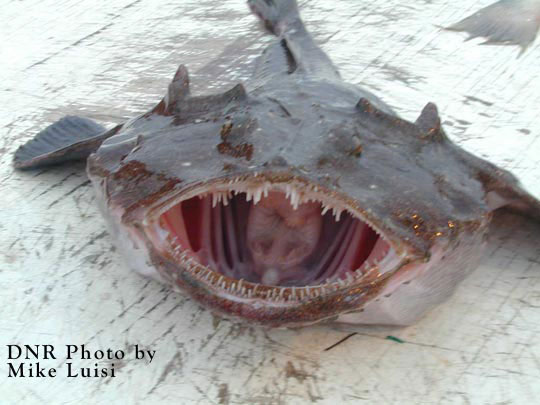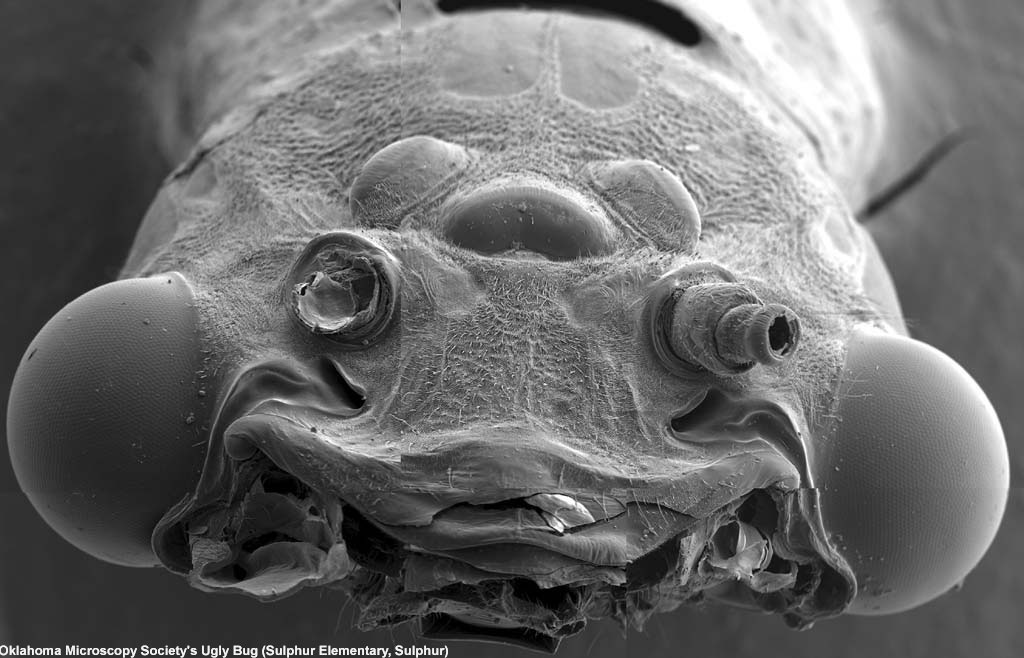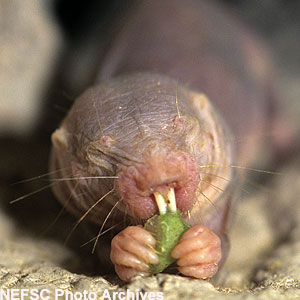Why Insects Swarm, and the Gory Endings of Loners
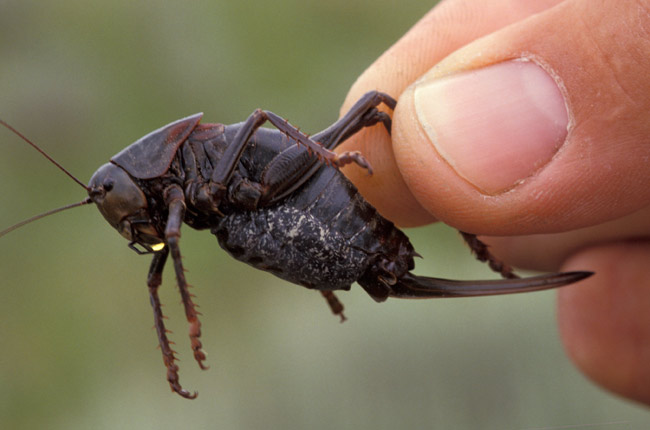
Some insects are known to walk for miles in vegetation-devouring ground-level swarms. Now scientists think they understand the pack behavior in these marching cricket armies.
Researchers glued tiny transmitters, each weighing less than a gram, to the backs of Mormon crickets, which are known to march across landscapes in forces numbering in the millions. The crickets were released back into their swarms and tracked over parts of Utah and Colorado.
The insects that stayed with the pack had a much better survival rate, confirming what many scientists had speculated in recent years: There is safety in numbers for groups of small animals, and congregating en masse helps deter predators - in this case birds and rodents.
"In repeated experiments, we found that within two days, 50 percent to 60 percent of the insects transplanted out of the band were dead because something ate them," said Patrick Lorch of the University of North Carolina. "On the other hand, we found no deaths during the same period among the crickets we monitored that stayed with the band."
The results were detailed in the Feb. 17 issue of the journal Nature.
When the researchers set out to retrieve the transmitters from the separated crickets, they found that many of the insects suffered gory deaths. Transmitters collected from trees and burrows were partially chewed and often still had body parts attached.
"What this new work appears to show is that even though being part of the band has its own costs - such as greater competition for food and cannibalism of injured crickets - overall, there's a clear benefit to band members," Lorch said. "Predation occurs anyway, but any given individual is far better protected than it would be if it were on its own."
Sign up for the Live Science daily newsletter now
Get the world’s most fascinating discoveries delivered straight to your inbox.
Large-scale insect migrations are more than just a nuisance. In the United States they can cost farmers a lot of money, and in parts of Africa locust swarms can be life-threatening. The locusts consume entire crops and inspire widespread panic.
The new research was supported by the United States Department of Agriculture, as part of an effort to learn whether scientists can predict and possibly change the path of giant insect swarms.
Which Animal is the Ugliest?
